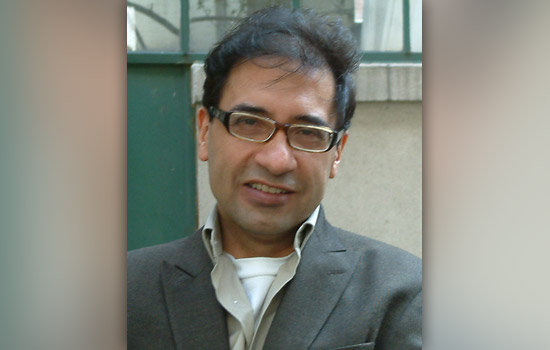RIT’s Hale lecture re-examines relationship between ethics and aesthetics
New York University researcher will speak at RIT Sept. 20
Mario Caro
Museums are charged with caring for and protecting the most precious of objects. However, a new discussion is brewing that examines how cultural objects function in the West alongside some non-Western traditions, enabling experts to reconsider the relationship between the cultural object, the viewer and the museum.
Mario Caro, researcher, curator and instructor of contemporary Indigenous art at New York University, will present “The Life and Death of Objects: Museums, Ethics and Aesthetics,” 4–5:30 p.m. Sept. 20 in Carlson Auditorium, Chester F. Carlson Center for Imaging Science. The free lecture is sponsored by Wade Robison, Hale Professor in Applied Ethics, College of Liberal Arts, in conjunction with the Frans Wildenhain exhibit currently on display in RIT’s Bevier Gallery and Dyer Arts Center.
“A museum is the mediator between us and our artistic and cultural heritage, and the choice of what to present to us and how to present it is a moral choice,” Robison explains. “When it authenticates an artistic artifact, it brings it into our heritage. Museum curators face ethical as well as technical problems in making such judgments and in deciding, for instance, what pottery and paintings to restore and preserve and so make them part of our heritage. A poor restoration, for example, misrepresents what an artist has done and so harms the artist’s reputation as well as harms our understanding of the artist’s work and our artistic heritage.”
Caro’s research includes the representation of Indigenous cultures within the museum; the visual production of an “aesthetics of nostalgia” within photographic practices; art historical methodologies and the production of colonial discourses; and, most recently, essentialism and Native art practices. He has also curated national and international exhibitions. He has published widely on the history, theory and criticism of contemporary art and is the founding editor of Invisible Culture: An Electronic Journal for Visual Culture.















